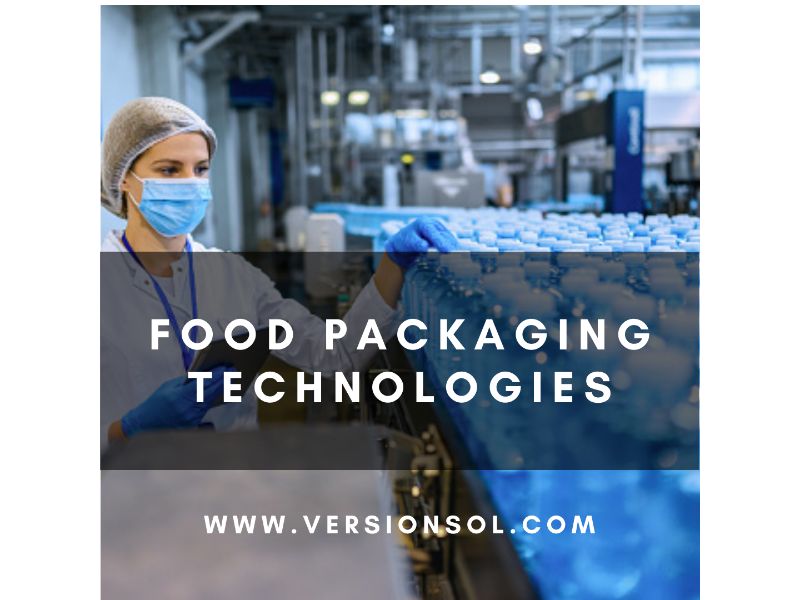In today’s food sector, food packaging technologies play a critical role. Consumer and industry demands are being met by new food packaging solutions. Changes in food production, sales techniques, and consumer habits. As well as environmental awareness and advances in new fields of study are all factors to consider. In the near future, food packaging could be a whole different world. Researchers are working on some mind-blowing innovations. Such as electronic tongues that can taste things.
Related: Future food tech 2022
Technologies for Food Packaging
Consumers’ need for quick, ready-to-eat, palatable, mild processed food products with longer shelf life and sustained quality led to the development of food technology. The recent trend of lifestyle changes has resulted in customers having less time to prepare meals. A significant challenge to the food packaging industry is in terms of developing unique and inventive food packaging solutions.
The six food technologies listed below will not only safeguard food from infection. These will also help and make eating easier. Will also revolutionize the way food and beverage companies operate. So, what does the future hold for us? Take a look at this:
Micro Food Packaging Technologies
Micro Packing is a term that refers to the packaging of small items. The use of nanotechnology in food packaging could be the next big thing.
Smart Packing Technology
What if food packaging could tell consumers whether or not something is safe to eat and when it is? The package will change color if the food is infected or rotten. Notifying the consumer as to whether it may still be cooked or needs to be thrown out.
Food Packaging Anti-bacterial technology
Antimicrobial packaging does more than merely protect food from bacteria it actively fights them.
Capturers of Flavor and Smell
These systems absorb undesired gas molecules such as volatile package contents, food chemical metabolites, microbiological and degradation reaction products, breathing products, and unwanted raw food odors.
PACKAGING THAT COOLS AND HEATS ON ITS OWN.
While consumers and industry executives have long dreamt about self-cooling and self-heating food and beverage packaging, no commercial success has been documented.
Smart Packing
Food quality can be sensed, monitored, recorded, traced, and information about it can be provided using intelligent packaging. It can be used to make decisions about shelf life, safety, and quality.
Modern Food Packing Technologies -Advantages
Food packaging plays an important role in the modern food industry. As it helps to retain the quality of food goods and ensure food safety during their shelf life. Protection and preservation, confinement, communication and marketing, and convenience. These are the four primary roles of traditional food packaging.
Packaging is just as crucial as the contents in the food industry. Food packaging promotes the product. Extends its shelf life, and makes long-distance shipping easier. Keeping up with the newest food packaging trends can help you keep your package selection on point.
- Reduces or eliminates the possibility of adulteration and tampering.
- Presents food in a sanitary and often aesthetically pleasing manner.
- Provides crucial food information to consumers and assists them.
- Make educated purchasing decisions.
- Makes it easier to utilize or prepare food, freeing up more time.
- Time.
- Increases customer demand by promoting items in a competitive market
Related: Best Food image recognition apps
